Phuc sketches out 2008 key priorities
Vietnam recorded spectacular economic growth in 2007, but challenges are looming on the horizon. The government has set a goal that some targets for the 2006-2010 five-year socio-economic development plan will be realised by 2008.
 Vo Hong Phuc |
What could be viewed as economic successes for Vietnam last year?
One of the biggest successes of 2007 was the annual economic growth rate reaching an impressive 8.48 per cent. This high growth creates an important premise for Vietnam to move to a higher development plane in the coming years. Of note, last year’s growth focused on the areas where we expected to see strong restructuring, namely services and industries. The growth rate of the industrial sector posted 10.6 per cent and that of the services in the previous years was usually 7 per cent or 7.5 per cent, but last year was 8.7 per cent, which shows the economy’s ability to develop sustainably. I think this economic restructuring is positive.
What about investment attraction?
In 2007, investment attraction broke records for both foreign and local investment, making up 40 per cent of GDP. It is noteworthy that the committed foreign investment capital totalled $20.3 billion, higher than the $12.7 billion mark in 2006. Foreign investment has seen fundamental changes. There are more and more projects from large corporations and potential areas such as the European Union, Japan, the US, South Korea and a few other countries with developed industries. Another bright trend is more projects which focus on high-tech or high-quality areas like electronics, material production, high-end resorts.
Another profound point is the attraction of ODA sources. Donors committed about 20 per cent more than they did in 2006 ($5.4 billion in comparison with $4.4 billion). ODA is turning into large-scale infrastructure projects instead of poverty reduction and environment protection. This trend helped Vietnam break ground on infrastructure projects that serve sustainable development. For example, Japan has committed to fund three big projects including the North-South Express Railway, the North-South Highway, the Hoa Lac High-tech Park. Japan will also fund the metro system construction in Ho Chi Minh City. France and Japan will fund the metro system construction in Hanoi. The Asia Development Bank (ADB) and the French Agency of Development (AFD) will jointly fund the Hanoi-Lao Cai road construction.
But with economic growth, consumption prices surged and smashed earlier government forecasts. What is going on here?
It is worrisome that in 2007 the inflation rate rose sharply. Last year the prices rose by 12.6 per cent against 2006. For the first time in the past 10 years, the index increased by double-digit figures. This number fell in the pre-1996 years and we have tried to keep it below the growth rate. But in 2007, it was nearly 1.5 times higher, which urges us to work out control measures.
Why is this happening?
The price rise is two-sided. Objectively speaking, it is price rising around the world. Last year saw vigorous price fluctuations, especially concerning crude oil and some key material inputs like steel, cement and fertiliser. Another factor was natural calamities which strongly affected agriculture in some regions. Epidemics also dealt a big blow to cereals and foodstuff, causing consumer prices to soar. However, it is important to point out that in the economic regulation, there were some problems. The policies on monetary, anti-speculation and price stabilising fields are not effective. At present, the trade system is imperfect, mainly constituted by retail outlets which disperse and can be provoked easily by price-raising factors. In the coming time there should be comprehensive measures to stabilise prices.
Experts said the trade deficit in 2007 was huge, thus affecting the balance of payments. What should be done to curb it?
At the end of 2007, the trade deficit amounted to 25 per cent of export value. Exports should be further boosted to stabilise the balance of trade, especially concerning the trade deficit with certain markets. We have to bring commodities there to reach equilibrium. We cannot apply import limiting measures but push up exports. If the trade deficit is prolonged, it will harm macro-economic stability.
The government has set a goal for 2008 that some key targets of the 2006-2010 five-year economic development plan will be realised. What are some of the targets?
The average GDP per capita goal is $1,100 for 2010, the government estimates it at $960 in 2008 and $1,150 in 2009. The poverty reduction goal of 11 per cent [in 2010] will possibly be realised in 2008. Other social, economic and environmental targets will come about in 2010. These results will help fulfil the five-year plan in 2009, or one year before the schedule set by the National Assembly’s resolution.
These goals are difficult to achieve. What do you think will make them a reality?
Measures abound but first of all, in my opinion, it is important to mobilise every resource for development investment. To do so, we must make institutional, legal and administrative reforms to create the most favourable conditions for people, businesses at home and abroad to inject capital into development investment. We have to use resources efficiently. Secondly, we need to use state-invested resources well.
What areas are prioritised for investment?
The biggest weakness is infrastructure. In 2008 and the following years, this weakness should be addressed in order to serve long-term development. First, strong efforts should focus on large-scale urban areas, industrial and export-processing zones.
In 2008, many huge projects will start, such as the North-South Highway section from Ho Chi Minh to Long Thanh-Dau Giay, the highway from Hanoi to Haiphong, the highway from Hanoi to Lao Cai province.
What about key tasks to be implemented by planning and investment agencies?
The agencies have to help the government build comprehensive economic plans with three key pillars of economics, society and environment. In the economic field, priority must be given to macro-economic stability, ensure flexible regulation policies. Secondly, in the investment field, more measures are needed to lure more investment capital sources domestically and internationally, especially from the private sector so as to reach a 42 per cent of GDP in 2008. Thirdly, the planning and investment agencies must implement research for development policies, ensure general development and attract resources for development. Fourthly, we have to strengthen our own system to meet these tasks.
What the stars mean:
★ Poor ★ ★ Promising ★★★ Good ★★★★ Very good ★★★★★ Exceptional
 Tag:
Tag:
Related Contents
Latest News
More News
- Hanoi welcomes Guangdong businesses to invest (November 27, 2024 | 15:21)
- The facilitation of M&As in Vietnam’s logistics sector (November 27, 2024 | 13:00)
- Viable progress made with M&As from Japan to Vietnam (November 27, 2024 | 10:43)
- Home firms make M&A presence felt (November 27, 2024 | 09:33)
- Thailand's BCPG invests $130 million in Gia Lai wind power plants (November 26, 2024 | 15:08)
- The 16th Vietnam M&A Forum: A Blossoming Market (November 26, 2024 | 13:53)
- Posco interested in $2.2 billion Quynh Lap LNG thermal power plant (November 26, 2024 | 13:50)
- $1.4 billion Nhon Trach 3 and 4 to operate in 2025 (November 26, 2024 | 13:37)
- Hung Yen focused on attracting high-tech FDI (November 26, 2024 | 13:20)
- Foreign investors flock to invest in southern provinces and cities (November 26, 2024 | 10:00)


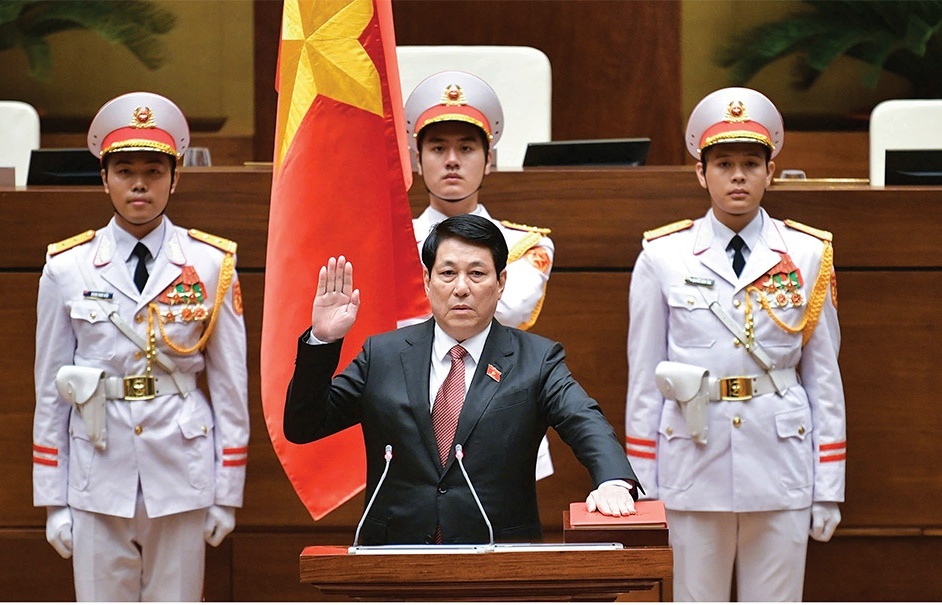
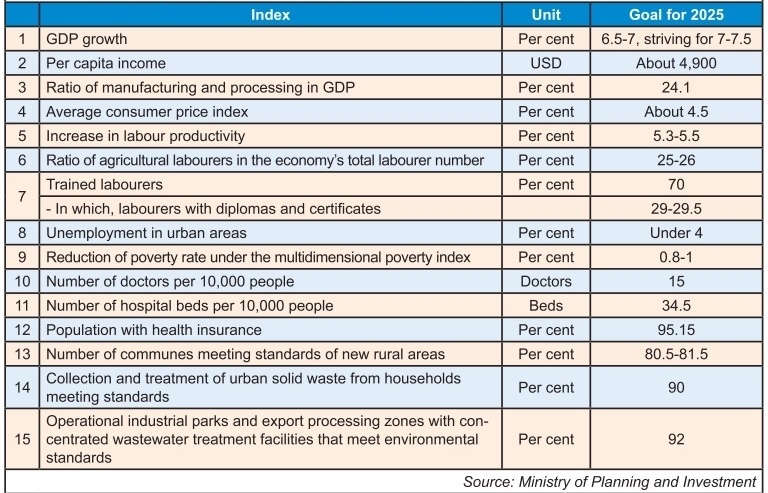
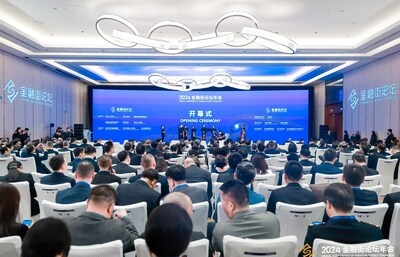
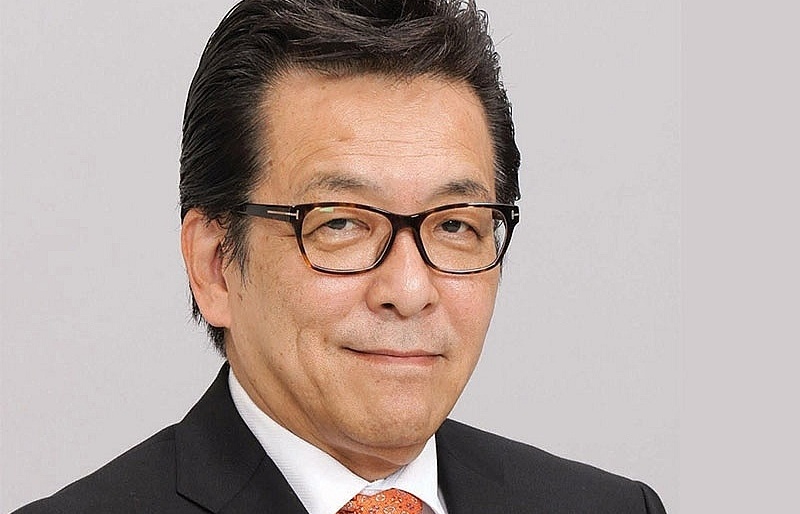

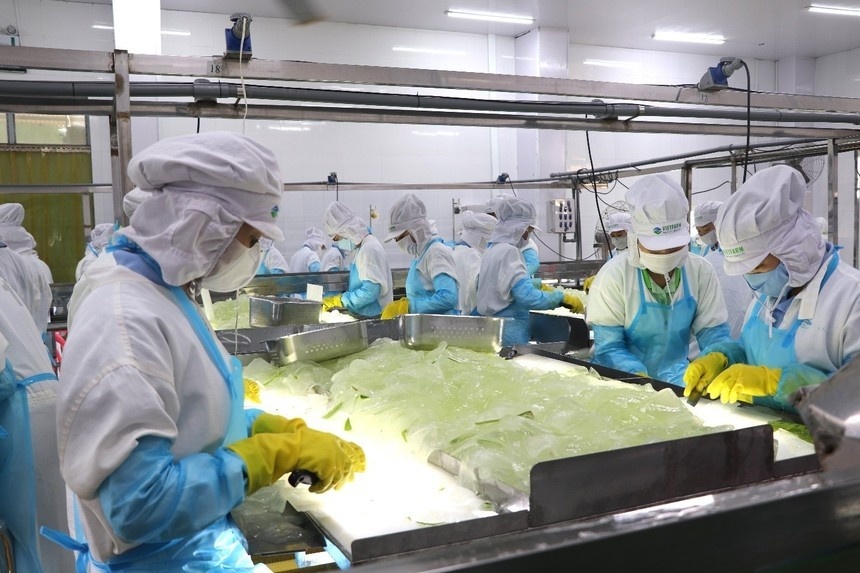
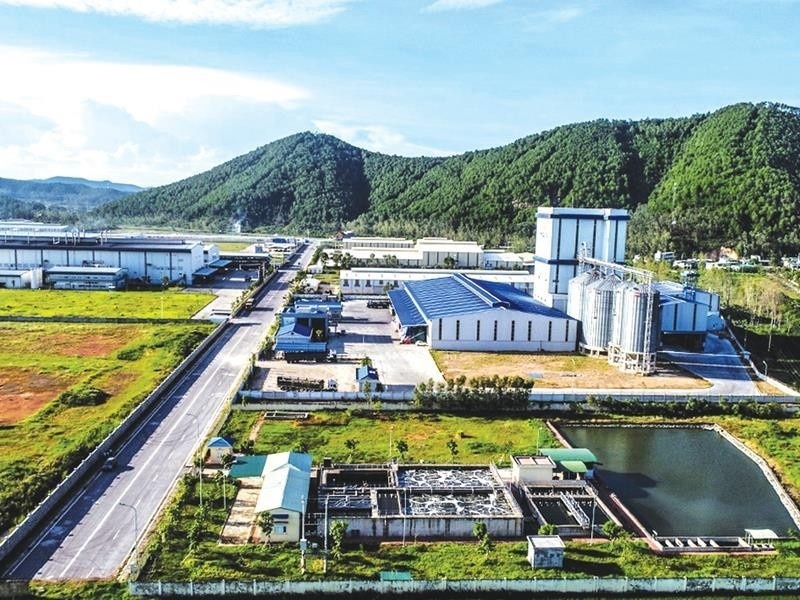
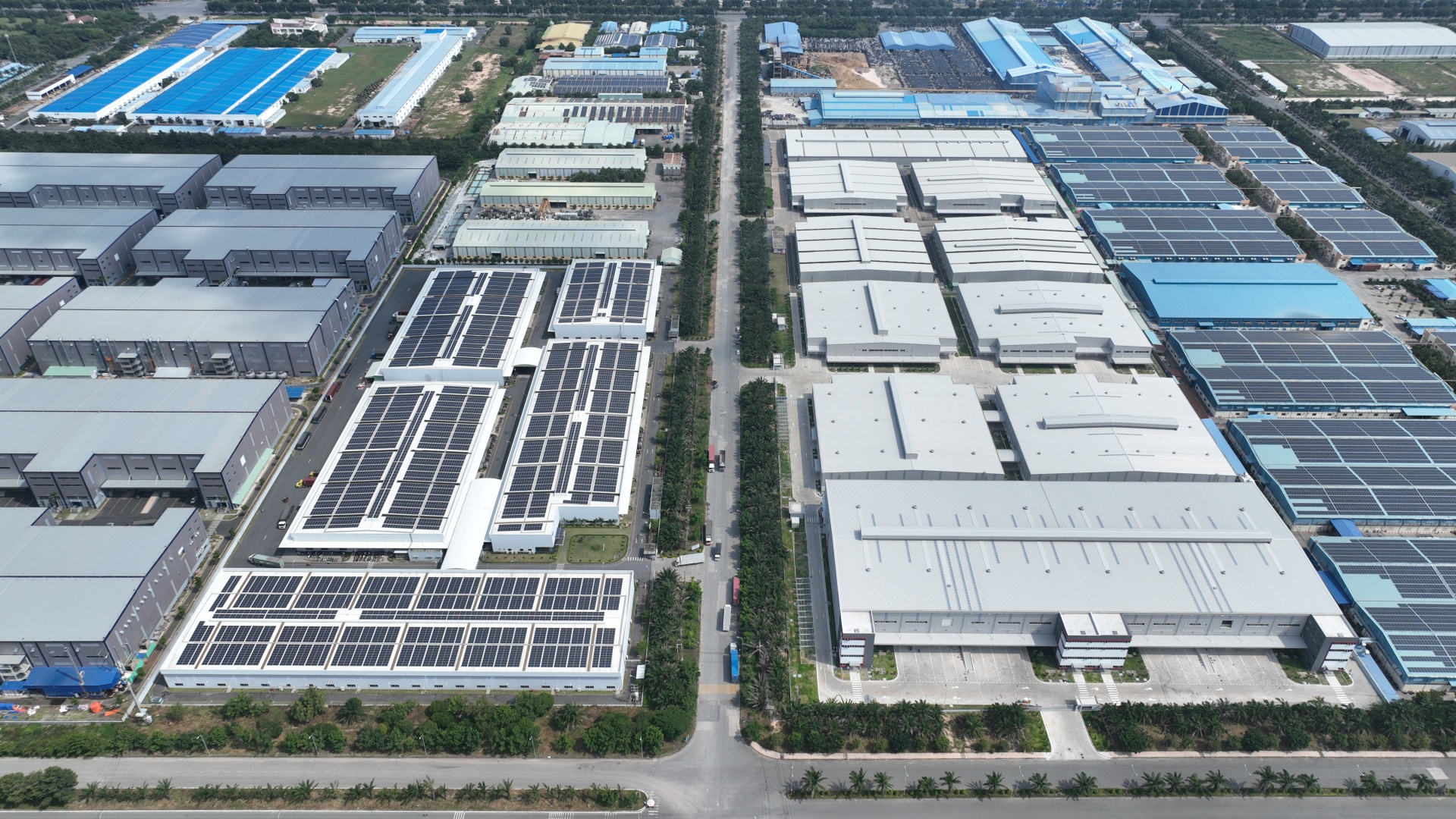









 Mobile Version
Mobile Version